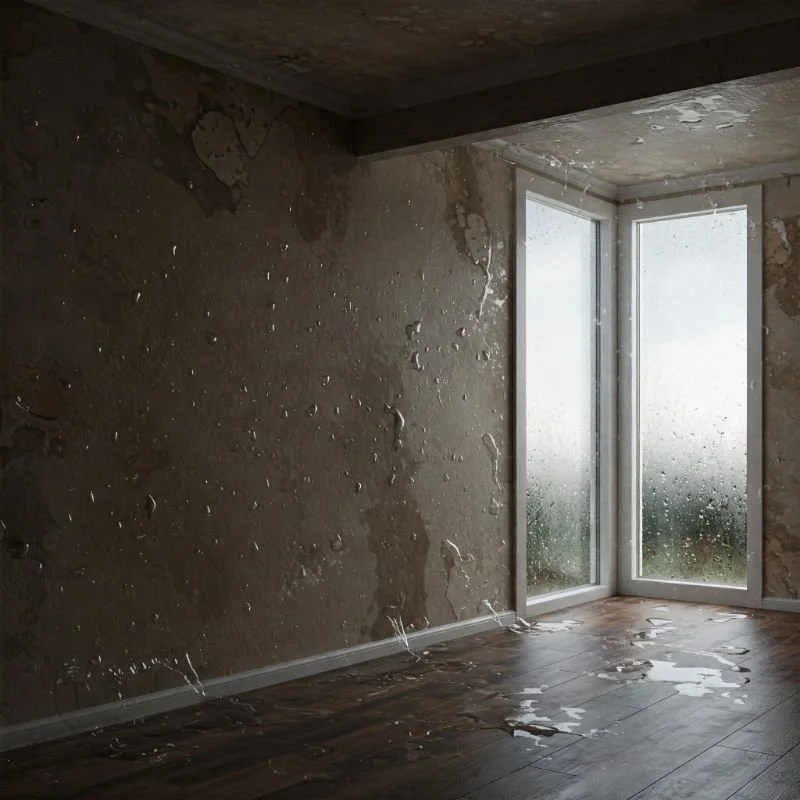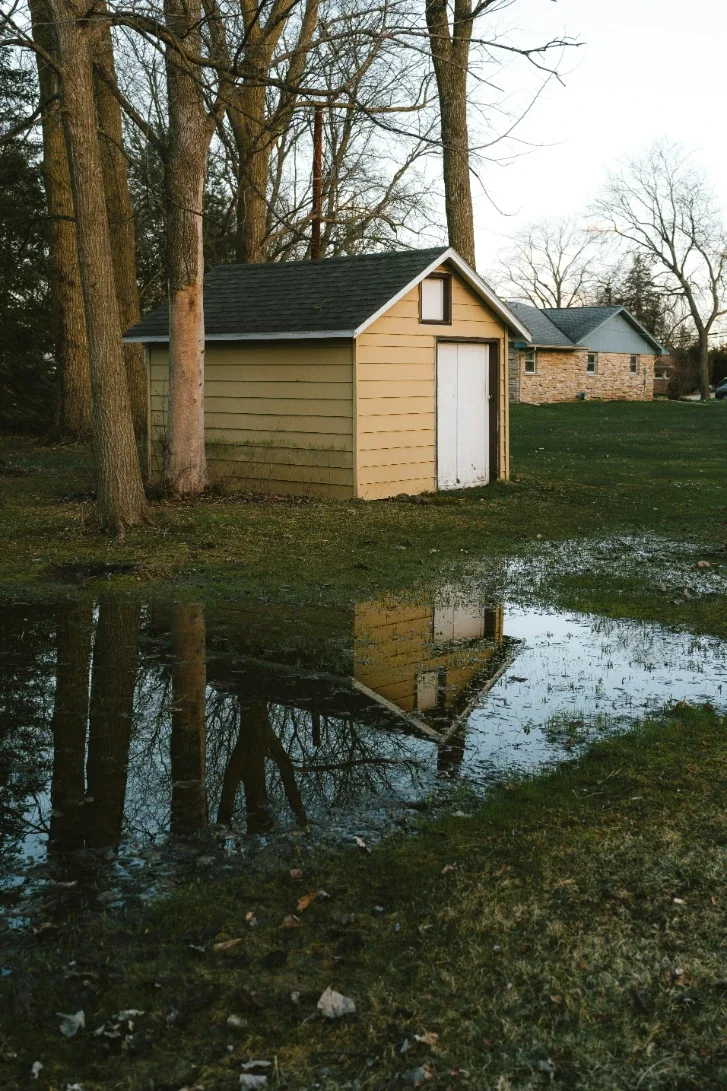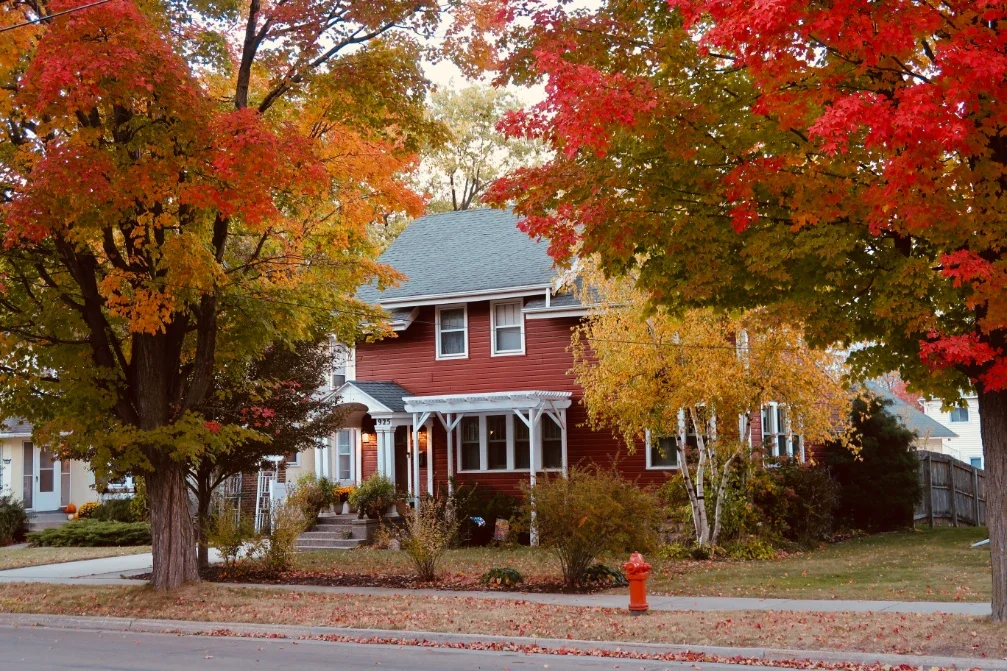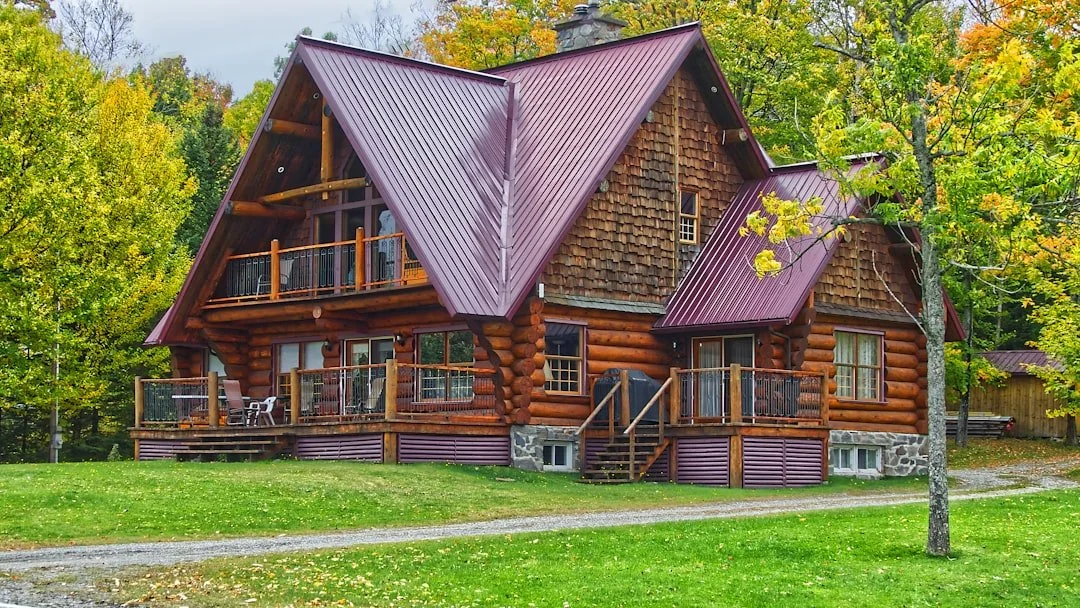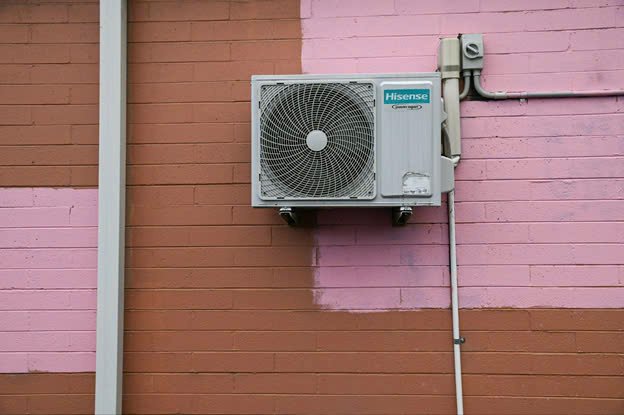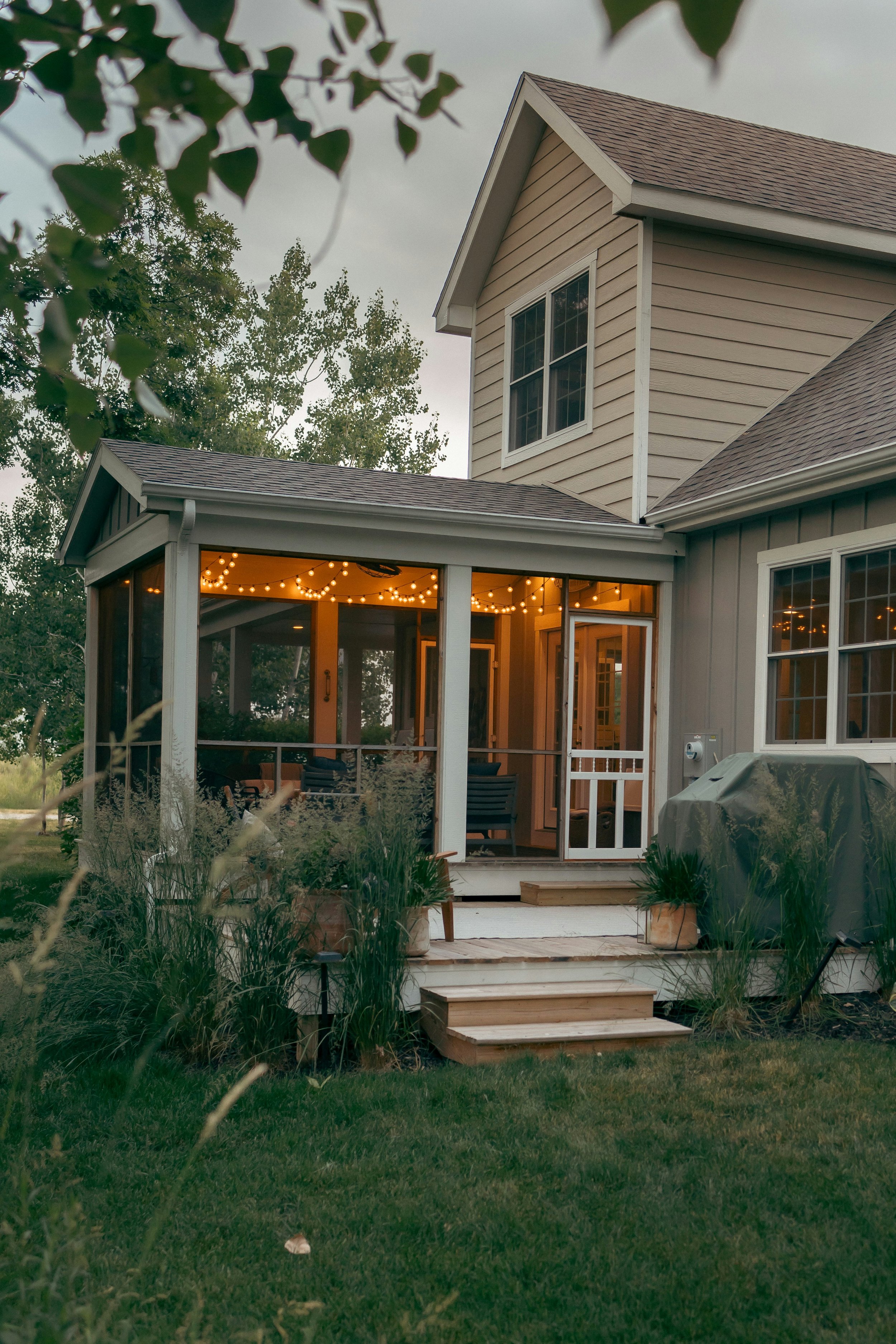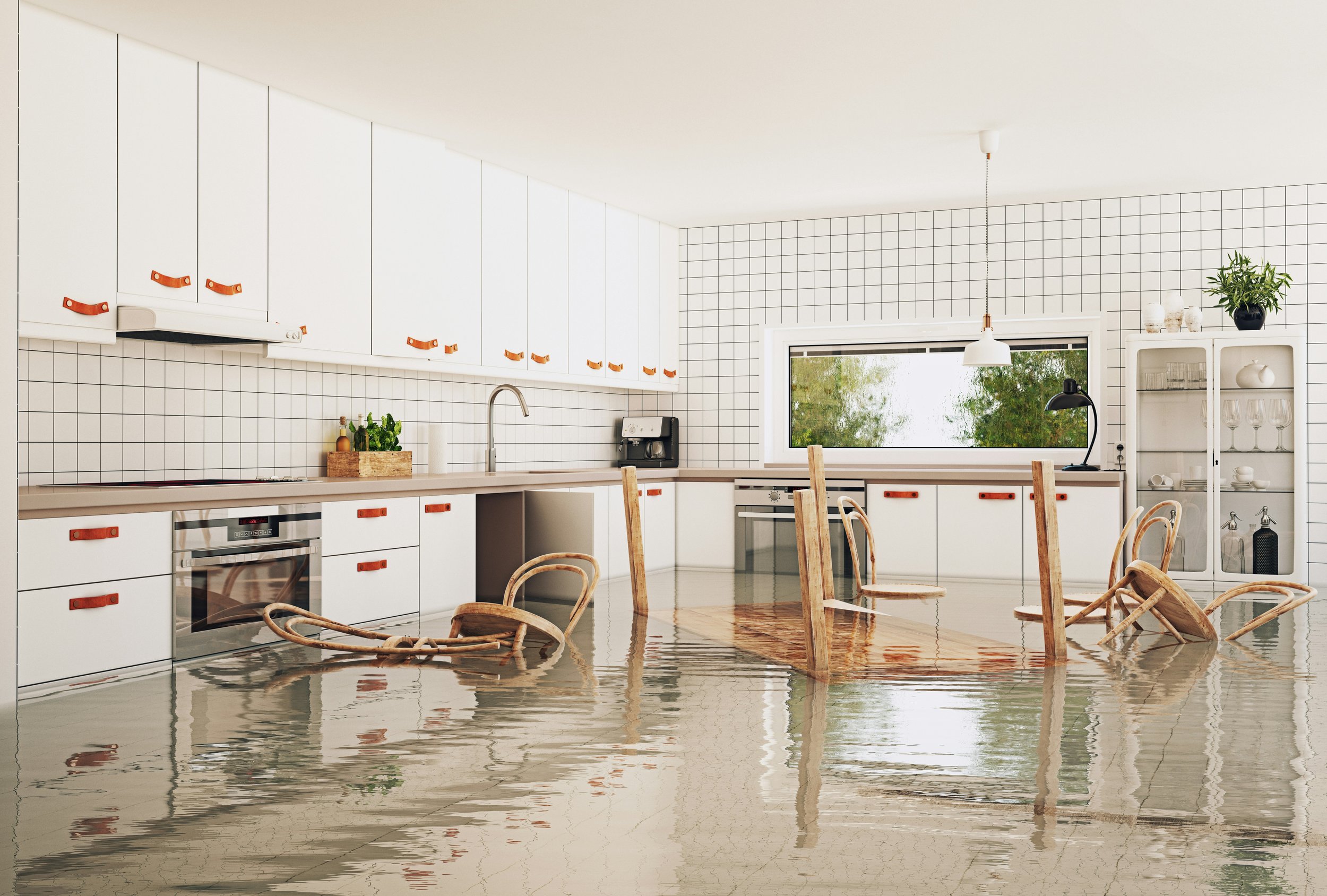What Every Homeowner Should Know About Foundation Moisture
Discover how foundation moisture affects your home’s stability and learn essential tips to prevent damage and maintain a strong, dry foundation.
A damp foundation is many things besides simply an inconvenience. It’s a red flag that could signal costly repairs down the line.
Mold, cracked walls, or soggy basements are more than surface issues. They reveal how your home reacts to water and poor drainage.
Wouldn’t it be better to stop the problem before it escalates? From small changes outside your house to targeted fixes underground, there are straightforward ways to stay ahead of foundation moisture challenges.
Read on as we unpack how you can safeguard your home against damage caused by unwanted water.
1. Common and Overlooked Sources of Foundation Moisture
Water isn’t always where it’s supposed to be, especially around your home. Clogged gutters spill water close to foundations instead of diverting it away. Improper grading directs runoff toward walls rather than into safe drainage areas.
Small cracks in foundation concrete can let moisture creep inside unnoticed for years. Even sprinkler systems too close to the house saturate soil, creating pressure against basement walls.
A quick walk around your property often reveals these overlooked troublemakers before they cause serious damage.
2. Moisture Can Be Prevented With Proactive Measures
Foundation issues can be costly. We’ll get to how moisture contributes in a bit, but there’s good news. Protective measures can help avert these issues.
For instance, exterior basement waterproofing offers protection from basement flooding and mold by sealing walls and creating a barrier against outside moisture.
Also, keeping gutters clean and extending downspouts away from the house prevents water buildup near foundations. Soil grading around your home should slope downward to channel runoff effectively.
Small efforts like these preserve structural integrity while sparing you long-term headaches over foundation repairs.
3. It Attracts Mold, & That’s Bad for Your Property
When these fungal enemies become your guest, the problem is twofold. Mold doesn’t just cause damage to structural materials. It’s also a health hazard.
Foundation moisture creates damp conditions that mold loves - dark spaces with steady humidity levels let it thrive and spread quickly. Over time, it weakens wood. Drywall and insulation suffer too as mold eats away at organic components.
On top of that, mold releases spores that can trigger allergies or worsen respiratory issues in people living inside the home. Addressing moisture prevents this hidden menace from taking hold indoors.
4. Foundation Moisture and Structural Weakness: The Connection
Water is surprisingly powerful when it comes to your home’s foundation. When moisture seeps into soil around the base, it creates hydrostatic pressure against walls. This can gradually lead to cracks that compromise structural stability.
Excess water also erodes soil underneath foundations, causing uneven settling or sinking in certain areas. This shifting stresses your home’s framework, resulting in misaligned doors or windows.
Left unchecked, these issues worsen over time and demand costly repairs. Keeping moisture under control prevents such damaging consequences entirely.
5. Why Proper Drainage Matters Around the Home's Perimeter
Of course, a good outlet for water around your property protects your entire home. It supports its structural integrity, prevents soil erosion, and, most of all, keeps water away from your basement or crawl space. Poor drainage does the exact opposite.
Aesthetic and Property Value Impacts
Poor drainage can also affect the aesthetic appeal and market value of a home. "How To Waterproof a Basement From the Outside" from This Old House estimates that water damage often decreases home resale value, with specific repair costs mentioned:
Foundation crack repair: $250–$800
Foundation leak repair: $2,300–$7,300
Sinking foundation repair: $600–$3,000
6. Recognizing Early Signs of Foundation Water Damage
Spotting issues early prevents bigger problems later. Moisture around foundations often shows itself subtly before escalating.
Look for these signs:
Hairline cracks in foundation walls
Pooled water near the exterior
Musty smell in the basement
Warped or stuck windows/doors
Each of these clues points to excess moisture putting stress on your home’s structure. That's all the more reason to consider regular inspection and address small issues promptly if any arise.
7. How Landscaping Choices Impact Foundation Moisture
Certain landscaping choices unintentionally invite moisture issues.
Water-hungry plants placed near your home’s base keep soil damp constantly. Uneven slopes funnel runoff toward foundations instead of away. Over-mulching traps water near walls, creating the perfect environment for seepage.
With thoughtful landscape design, including proper grading and strategic planting, you can better manage drainage.
Bottom-line
Your home’s backbone is its foundation. It's undoubtedly worth protecting from moisture. That's if you want to safeguard property value and longevity. Armed with the knowledge of potential risks and proactive measures, costly water damage becomes easy to prevent.
A well-maintained foundation keeps your home a safe and secure place for years if not eons ahead.
